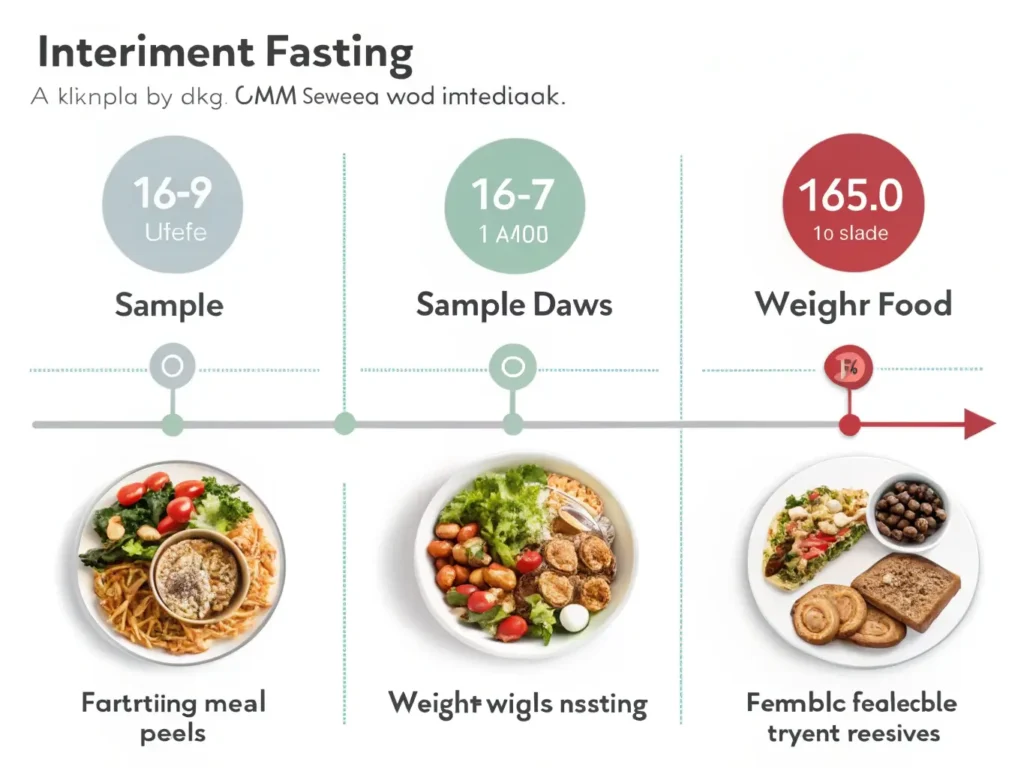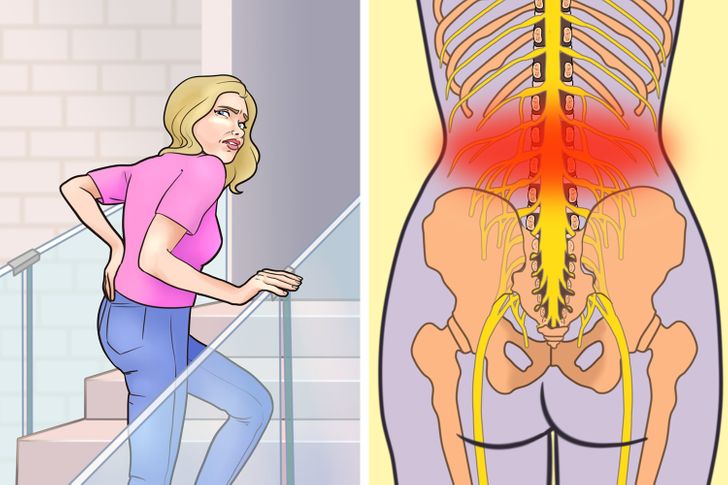The idea of learning how to lose weight eating what you want might sound too good to be true, but it’s entirely possible with the right approach. Many people believe they must completely eliminate their favorite foods to see results, but this comprehensive guide reveals scientifically-backed strategies that allow you to lose weight eating what you want without feeling deprived or following restrictive diets that inevitably lead to failure.
The Science Behind How to Lose Weight Eating What You Want
The key to successfully lose weight eating what you want fundamentally comes down to creating a caloric deficit – burning more calories than you consume. However, the traditional approach of completely eliminating favorite foods often backfires, leading to binge eating, metabolic slowdown, and psychological stress that actually hinders your ability to lose weight eating what you want.
Recent research published in the International Journal of Obesity shows that flexible dieters who allow themselves occasional indulgences lose more weight long-term compared to rigid dieters who completely restrict certain foods. This approach works because it’s sustainable and prevents the psychological reactance that causes diet failures. When you lose weight eating what you want using flexible strategies, you’re more likely to maintain your results long-term.

Understanding the 80/20 Principle to Lose Weight Eating What You Want
The 80/20 rule is your secret weapon for learning how to lose weight eating what you want. This principle suggests that 80% of your calories should come from nutrient-dense, whole foods, while 20% can come from whatever you want – including pizza, chocolate, or ice cream. This approach lets you lose weight eating what you want while maintaining proper nutrition.
Here’s how to implement it effectively:
Calculate your daily calorie needs using the Harris-Benedict equation or a reliable TDEE calculator. For weight loss, create a moderate deficit of 300-500 calories per day.
Allocate your calories strategically: If your daily target is 1,800 calories, reserve about 360 calories (20%) for flexible foods. This prevents feelings of deprivation while ensuring adequate nutrition.
Prioritize protein and fiber in your 80% portion to maximize satiety and preserve muscle mass during weight loss.

Strategic Meal Timing and Frequency
Contrary to popular belief, meal timing matters less than total caloric intake. However, strategic timing can optimize your results:
Intermittent fasting windows can naturally reduce calorie intake without conscious restriction. Popular approaches include 16:8 (eating within an 8-hour window) or 14:10 for beginners.
Pre-loading with protein and fiber before indulgent meals helps control portions naturally. Eat a small salad or protein-rich snack 20 minutes before enjoying higher-calorie foods.
Strategic treat timing works best post-workout when your body is primed to utilize excess calories for recovery rather than fat storage.

The Psychology of Food Freedom
Mental flexibility around food is crucial for long-term success. Rigid thinking patterns like “I can’t have that” or “I’ve ruined my diet” often lead to all-or-nothing behaviors that sabotage progress.
Practice mindful indulgence by eating treats slowly, without guilt, and paying attention to satisfaction cues. This prevents the “last supper” mentality that leads to overeating.
Reframe your relationship with food by viewing all foods as neutral rather than “good” or “bad.” This reduces food anxiety and emotional eating triggers.
Plan your indulgences rather than relying on willpower alone. If you know you want pizza on Friday night, adjust your calories earlier in the week to accommodate it.

Smart Food Swaps and Portion Control Strategies
You can dramatically reduce calories while maintaining satisfaction through strategic modifications:
Volume eating techniques involve choosing foods with high water and fiber content that provide satiety with fewer calories. Replace half your pasta with zucchini noodles, or bulk up pizza with extra vegetables.
Gradual portion reduction works better than drastic cuts. Reduce serving sizes by 10-15% weekly until you reach your target portions – most people don’t notice these small changes.
Strategic substitutions can save hundreds of calories: Use Greek yogurt instead of sour cream, cauliflower rice for regular rice, or spiralized vegetables for half your pasta.
Building Sustainable Exercise Habits
Exercise enhances weight loss by increasing your caloric deficit and preserving muscle mass, but it doesn’t have to dominate your life:
Focus on compound movements like squats, deadlifts, and push-ups that burn more calories and build functional strength in less time.
Incorporate NEAT (Non-Exercise Activity Thermogenesis) by taking stairs, parking farther away, or having walking meetings. These small changes can burn an additional 200-400 calories daily.
Find activities you genuinely enjoy rather than forcing yourself through workouts you hate. Dancing, hiking, swimming, or playing sports are all effective if done consistently.
Metabolic Flexibility and Adaptive Strategies
Your metabolism adapts to caloric restriction, but you can minimize this slowdown:
Implement refeed days once weekly where you eat at maintenance calories. This helps reset hormones like leptin and thyroid hormones that regulate metabolism.
Cycle your calories throughout the week instead of eating the same amount daily. Higher calories on training days and lower on rest days can optimize body composition.
Don’t cut calories too aggressively. Deficits larger than 25% of your maintenance calories can trigger significant metabolic adaptation and muscle loss.
Tracking Progress Beyond the Scale
The scale doesn’t tell the complete story of your progress:
Take body measurements monthly, focusing on waist, hips, and other areas where you want to see changes. Fat loss often occurs without scale movement due to water retention or muscle gain.
Progress photos in consistent lighting and poses reveal changes that measurements might miss. Take photos every two weeks from front, side, and back angles.
Monitor performance metrics like energy levels, sleep quality, and exercise performance. These often improve before visible changes occur.
Common Mistakes That Sabotage Flexible Dieting
Avoid these pitfalls that prevent success:
All-or-nothing thinking leads to cycles of perfection followed by complete abandonment. Progress isn’t linear, and one imperfect day doesn’t ruin your efforts.
Ignoring liquid calories from beverages, sauces, and cooking oils can add hundreds of hidden calories daily. Track everything that enters your mouth.
Underestimating portion sizes is incredibly common. Use a food scale for accuracy, especially with calorie-dense foods like nuts, oils, and grains.
Not planning for social situations often derails progress. Review restaurant menus beforehand, eat a small meal before parties, or suggest active social alternatives.
Advanced Strategies for Plateaus
When progress stalls, try these evidence-based approaches:
Carb cycling involves alternating between higher and lower carbohydrate days to maintain metabolic flexibility while creating a caloric deficit.
Strategic diet breaks lasting 1-2 weeks at maintenance calories can reset hormones and psychological motivation for continued progress.
Adjust macronutrient ratios by increasing protein to 1.2-1.6 grams per kilogram of body weight to preserve muscle mass and increase satiety.
Creating Your Personalized Action Plan
Success requires a systematic approach tailored to your lifestyle:
- Calculate your caloric needs and create a moderate deficit of 300-500 calories daily
- Plan your 80/20 allocation with specific calorie budgets for flexible foods
- Choose 2-3 sustainable changes to implement weekly rather than overhauling everything at once
- Schedule regular check-ins to assess progress and adjust strategies as needed
- Build a support system of friends, family, or online communities who understand your approach
The Long-Term Perspective
Sustainable weight loss isn’t about perfection – it’s about consistency and flexibility. Research shows that people who successfully maintain weight loss for over five years share common traits: they monitor their progress regularly, stay physically active, eat breakfast, and maintain consistent eating patterns even on weekends.
The goal isn’t to follow this approach temporarily but to develop skills and habits that serve you for life. By learning to balance indulgence with nutrition, you’re building a sustainable relationship with food that doesn’t require constant willpower or restriction.
Remember that weight loss is just one aspect of health. Focus on how you feel, your energy levels, sleep quality, and overall well-being. When you prioritize these factors alongside weight management, you create a positive cycle that supports all your health goals.
Start with small, manageable changes today. Choose one strategy from this guide and implement it consistently for two weeks before adding another. Progress may seem slow initially, but these sustainable habits will serve you far better than any quick fix or restrictive diet plan.
Your journey to mastering weight loss while eating what you want begins with the next meal you choose. Make it count, but more importantly, make it sustainable.
Discover more trends:
Follow us on: Pinterest | Facebook





